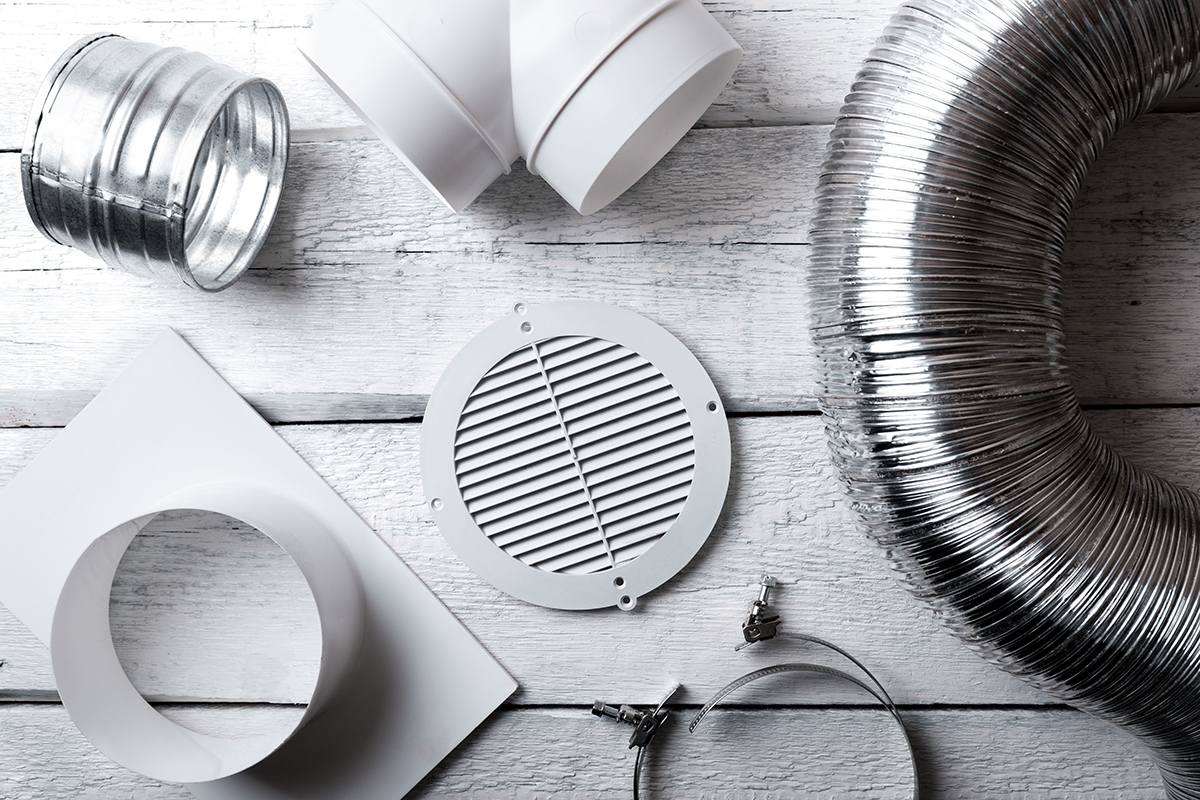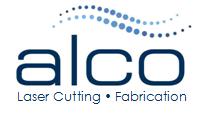Eco-Friendly Ventilation and Ducting

Living in an environmentally friendly way helps us to save money, save energy, and ultimately help save the planet. The way our homes are built and run plays a huge part in this, especially regarding heating.
There are several different methods of heating homes, and not all are created equal. Electric heating tends to be the most expensive and have the most CO2 emissions associated with it, whereas mains gas is usually the cheapest and least polluting conventional fuel. Newer renewable options include biomass boilers, heat pumps, and Micro CHP. However you heat your home, it’s vital to ensure that you have adequate insulation and efficient ventilation.
Insulation reduces loss of warm air in the winter and cool air in the summer, so less money and energy is used for heating and cooling. Insulating is relatively cheap, but greatly increases the energy efficiency of the building. However, without ventilation, a highly insulated home can have issues with condensation, air quality and even mould. Ventilation replaces stale air with fresh air, and a good ventilation system aims to do so without needing to increase the heating or cooling to compensate for the temperature of air from outside. Different types of ventilation system achieve this to different extents.
Passive Stack Ventilation
In Passive Stack Ventilation systems, warm air from wet rooms rises naturally and is extracted through a vent on the roof. This requires large, near-vertical ducting, limiting design options. PSV systems can cause over-ventilation caused by the movement and temperature of external air.
Intermittent Extraction Ventilation
Intermittent fans are placed in bathrooms and cooker hoods. Although easy to install, these can be noisy and require trickle vents to be open to bring in fresh air. The fans have to be manually switched on and off, and if not frequently used can cause condensation to build up and mould to form.
Mechanical Extract Ventilation (MEV)
Mechanical Extract Ventilation (MEV) systems work continuously at low level, providing a quieter and more efficient solution. Cost can be minimised by using just one fan and one extract outlet. These systems aren’t manually operated but do need air bricks or trickle vents to bring fresh air in.
Mechanical Ventilation and Heat Recovery (MVHR)
Mechanical Ventilation and Heat Recovery (MVHR) systems extract stale air from wet rooms and supply fresh air to habitable rooms. This system includes a heat exchanger, enabling heat from extracted air to be transferred to filtered fresh air and recovered back into the home. The unit works continuously at low level, providing efficiency, low noise levels and cost savings as less heating is required. The heat recovery can also be by-passed in the summer.
Lindab InDomo - Radial Ducting
Lindab InDomo is an integrated duct system for MEV and MVHR systems, with several helpful features for ease of installation and use. This includes the radial system, involving many separate ducting tubes to reduce cross-contamination and noise transfer. The ducting is semi-rigid, so takes up a small amount of space and can be run through voids without interfering with other services or structures. The smooth internal surface and swept bend corners reduce pressure drops and power consumption. Energy efficient, airtight and adaptable, Lindab InDomo meets the demands of a modern ventilation system.
To discuss your requirements, please call 01805 622461 or email [email protected].

